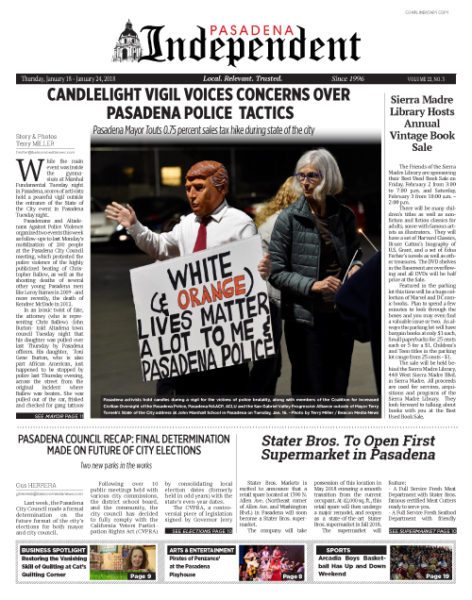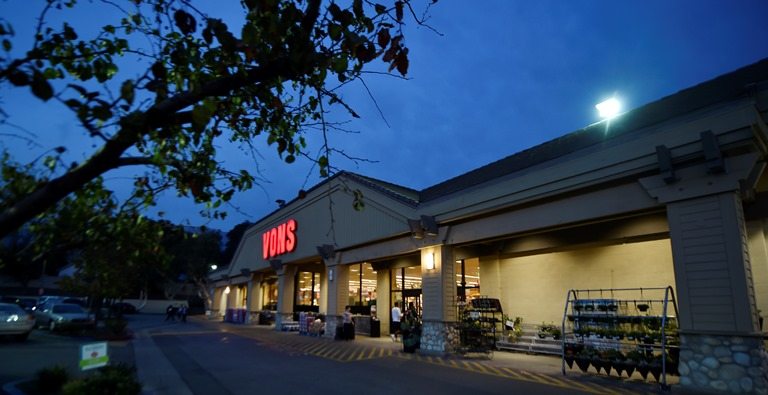
Two new parks in the works
By Gus Herrera
The Pasadena City Council recently made a formal determination on the future format of the city’s elections for both mayor and city council.
Following over 10 public meetings held with various city commissions, the district school board, and the community, the city council has decided to fully comply with the California Voters Participation Rights Act (CVPRA) by consolidating local election dates (formerly held in odd years) with the state’s even-year dates.
The CVPRA, a controversial piece of legislation signed by Governor Jerry Brown in September 2015, is intended to increase voter participation throughout the state.
Proponents of the bill argue that consolidated elections will allow tax dollars to be spent more efficiently and that higher voter turnout will ensure constituents are more well-represented via local government.
Despite some arguments that the CVPRA does not apply to charter cities such as Pasadena, an informal “straw poll” held by council on Oct. 16, 2017 determined that the city will indeed comply with the CVPRA, by a vote of 5-3.
All that was left to determine was whether the city would maintain its primary/general election format, which requires a candidate to achieve a 50-percent-plus-one majority, or switch to plurality voting – an electoral system in which a successful candidate can win by simple majority.
During their first meeting of the new year, the Pasadena council members decided to maintain the primary/general format – primaries will now be held in March of even years and the general election will be held in November of even years (if no candidate receives the 50-percent-plus-one majority during the primaries).
As part of the city’s transition to statewide dates, a one-time 19-month extension of the current terms for mayor and council members will be required in order to sync the election cycles.

Although some council members were concerned about the nine-month span between the March primaries and November general elections, there was a consensus to preserve the city’s requirement for a 50-percent-plus-one majority.
Council Member Steve Madison described the decision as the “lesser of two evils,” citing the importance that elected representatives receive a true “mandate from the community.”
Only Council Members Margaret McAustin and Gene Masuda supported plurality voting, arguing that the extended election cycle might make it more difficult and expensive for individuals to run for office.
“The problem I see with continuing with the primary/general format is it’s almost nine months in between elections. You could have a baby in that amount of time,” said McAustin.
“Maintaining that format with that length of time is going to make it … more costly for people to run for office … [with] the national elections and all the onslaught of mail and everything else that comes with that … it’s just going to be very difficult and could also bring in more outside money,” she warned.
Council’s determination will now be submitted to the voters for final approval in June.

In other council news, the city will soon add two new parks to its roster. The first, to be located at 717 E. Union St., will provide the under-served residents of the central district with much-needed space for outdoor recreation.
The second project in the works will convert the former Desiderio Army Reserve Center into a 3.87-acre city park and nine single-family detached bungalow homes (to be developed by Habitat for Humanity), according to city staff’s report.
In addition to these two projects, the city will also continue to explore the potential to create even more park space at the corner of El Molino Avenue and Union Street.






